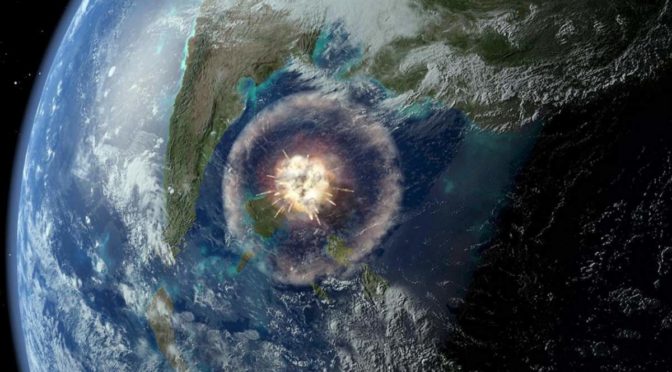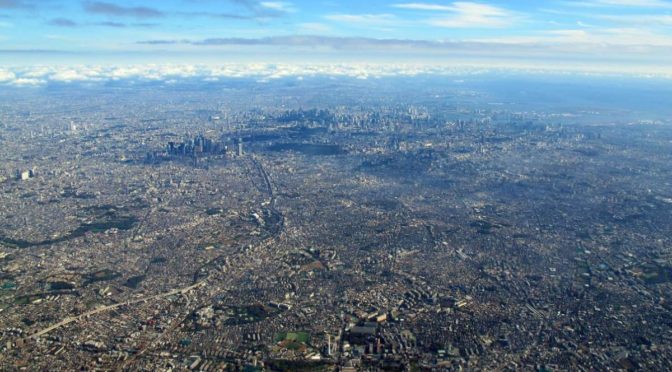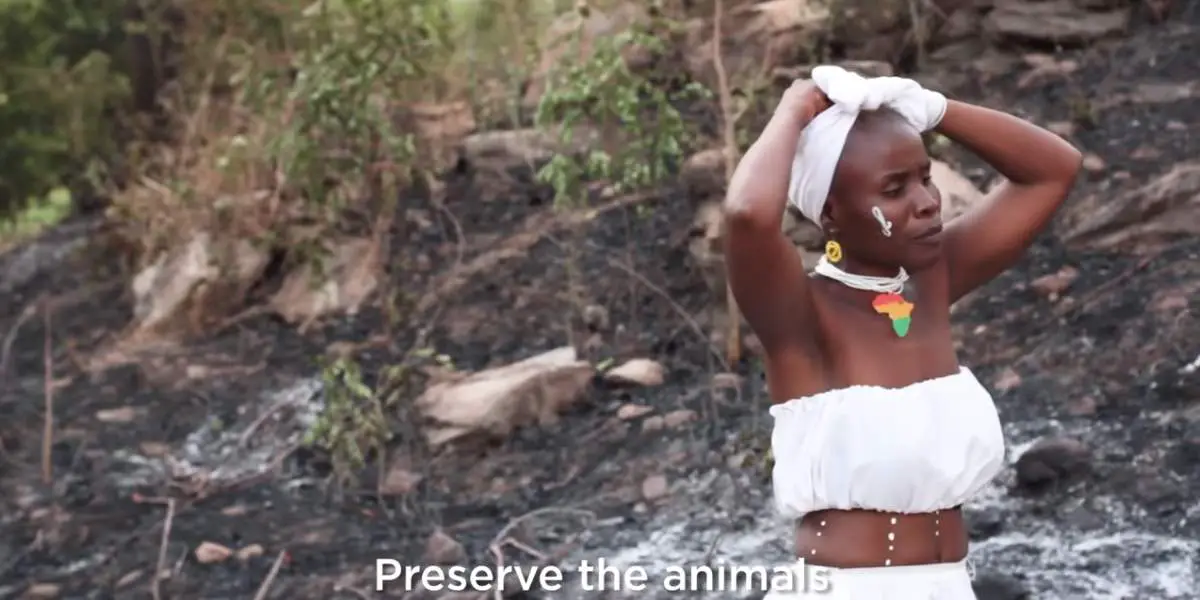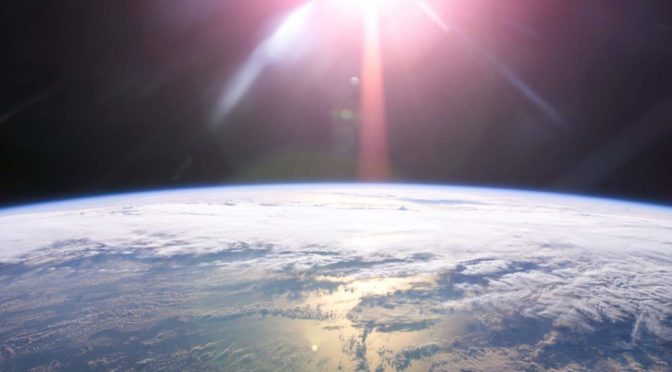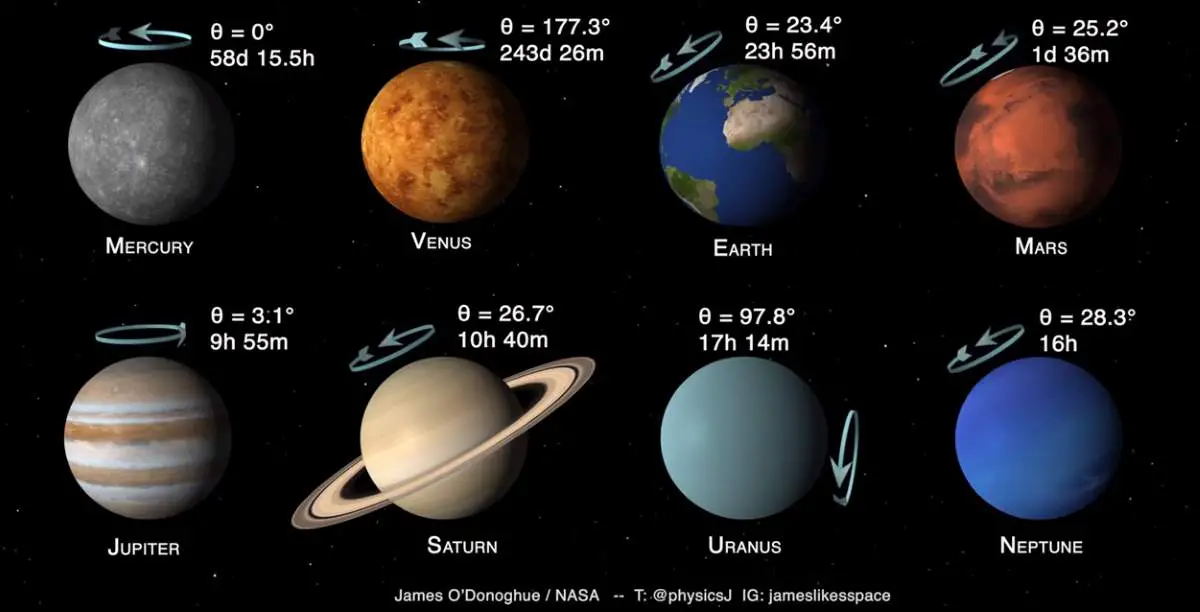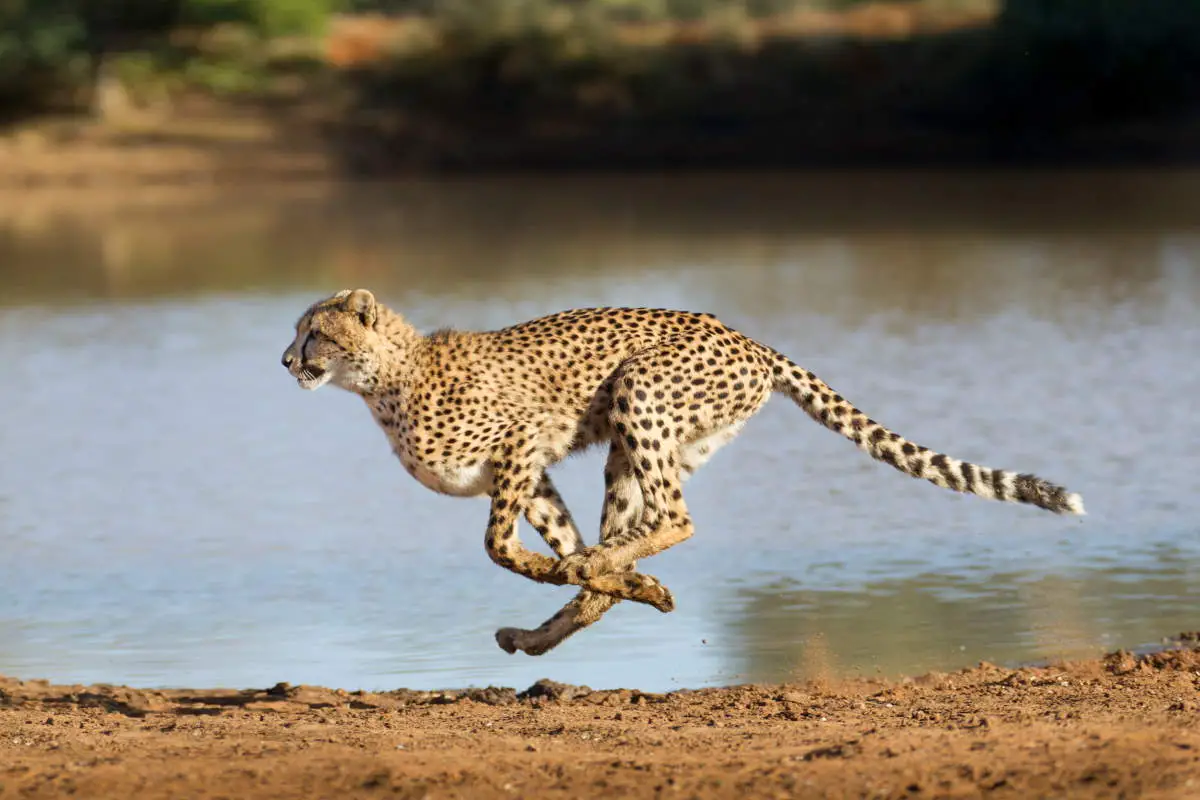The Moon is the Earth’s only natural satellite. It is also the fifth-largest natural satellite in the Solar System and the largest among planetary satellites relative to the size of the planet that it orbits. It formed about 4.51 billion years ago from the debris left over after a giant impact between Earth and a Mars-sized body called Theia (this is known as the Giant Impact Hypothesis and is the most widely accepted explanation of the formation of the Moon). This impact happened not long after the Earth has been formed. But, what if that giant impact never happened? What would the Earth without Moon be like?



